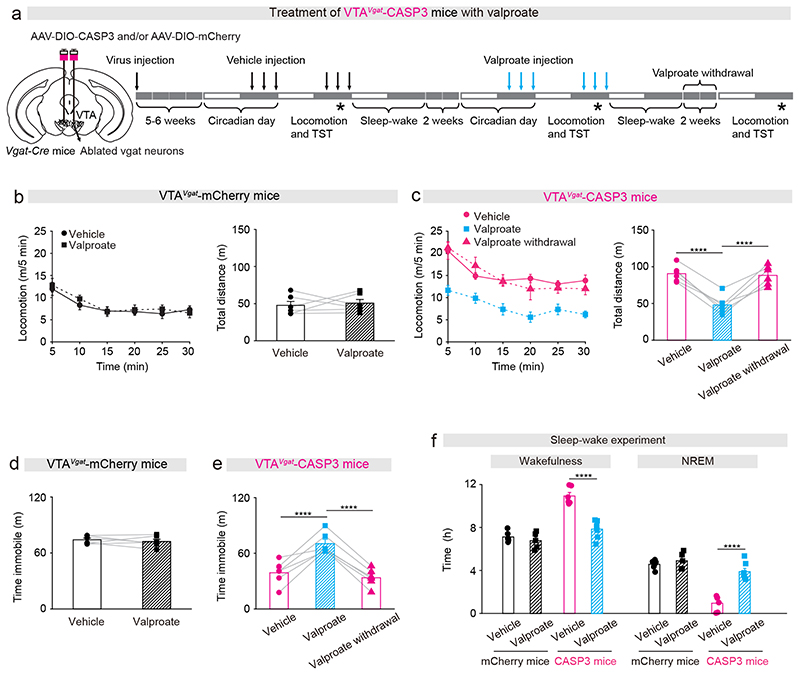Figure 3. Valproic acid can successfully treat the mania-like behavior of VTAVgat-CASP3 mice.
(a) Pharmacological treatment protocol for valproic acid. The top arrows indicate vehicle or valproic acid injection (depending on mouse group) and the stars indicate when the behavioral experiments were undertaken.
(b) Locomotion speed and distance travelled for VTAVgat-mCherry mice (n=6 mice) that received either vehicle or valproic acid treatment. Paired t-test, t(5)=-0.36, p=0.73.
(c) Locomotion speed and distance travelled for VTAVgat-CASP3 mice (n=6 mice) received either vehicle or valproic acid treatment, or where the valproic acid treatment had been removed for 2 weeks. Repeated measures one-way ANOVA and Bonferroni-Holm post hoc test. F(2,10)=47; vehicle vs. valproate t(10)=8.68, ****p=0.000005; valproate vs. 2 weeks after valproate withdrawal t(10)=8.19, ****p=0.000009; vehicle vs. after valproate withdrawal t(10)=0.48, p=0.63.
(d) Time spent immobile on the TST of VTAVgat-mCherry mice (n=6 mice) received vehicle or valproate injection. Paired t-test, t(5)=0.71, p=0.5.
(e) Time spent immobile on the TST of VTAVgat-CASP3 mice (n=6 mice) received vehicle, valproate injection, or 2 weeks after valproate withdrawal. Repeated measures one-way ANOVA and Bonferroni-Holm post hoc test. F(2,10)=32; vehicle vs. valproate t(10)=7.41, ****p=0.00002; 2 weeks after valproate withdrawal; t(10)=6.32, ****p=0.00008; vehicle vs. remove t(10)=1.08, p=0.3.
(f) Percentage and time of wake and NREM for VTAVgat-mCherry mice and VTAVgat-CASP3 mice over the 12 hours “lights off” period that received saline or valproate injection. mCherry + vehicle n=6 mice; mCherry + valproate n=5 mice; CASP3 + vehicle n=6 mice; CASP3 + valproate n=7 mice. Two-way ANOVA and Bonferroni-Holm post hoc test. Wake: F(mCherry or CASP3)=66; F(Vehicle or valproate)=17; F(interaction)=21; mCherry + vehicle vs. mCherry + valproate t(9)=0.38, p=0.38; CASP3 + vehicle vs. CASP3 + valproate t(11)=6.89, ****p=0.00002. NREM: F(mCherry or CASP3)=65; F(Vehicle or valproate)=32; F(interaction)=20; mCherry + vehicle vs. mCherry + valproate t(9)=-0.92, p=0.37; CASP3 + vehicle vs. CASP3 + valproate t(11)=-6.85, ****p=0.00002.All error bars represent the SEM.

